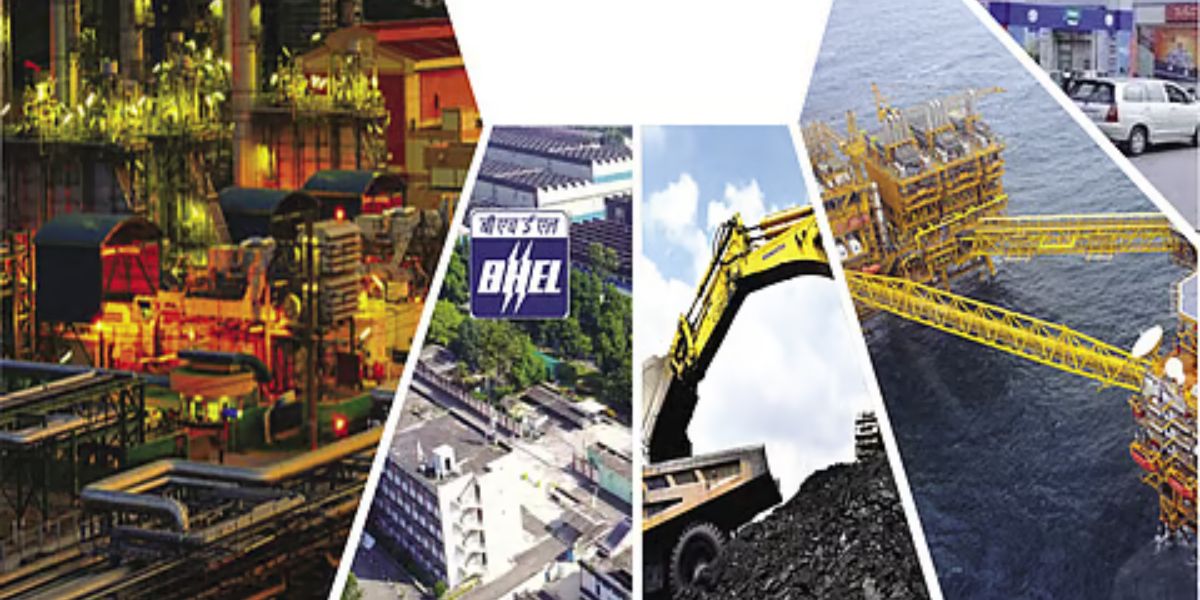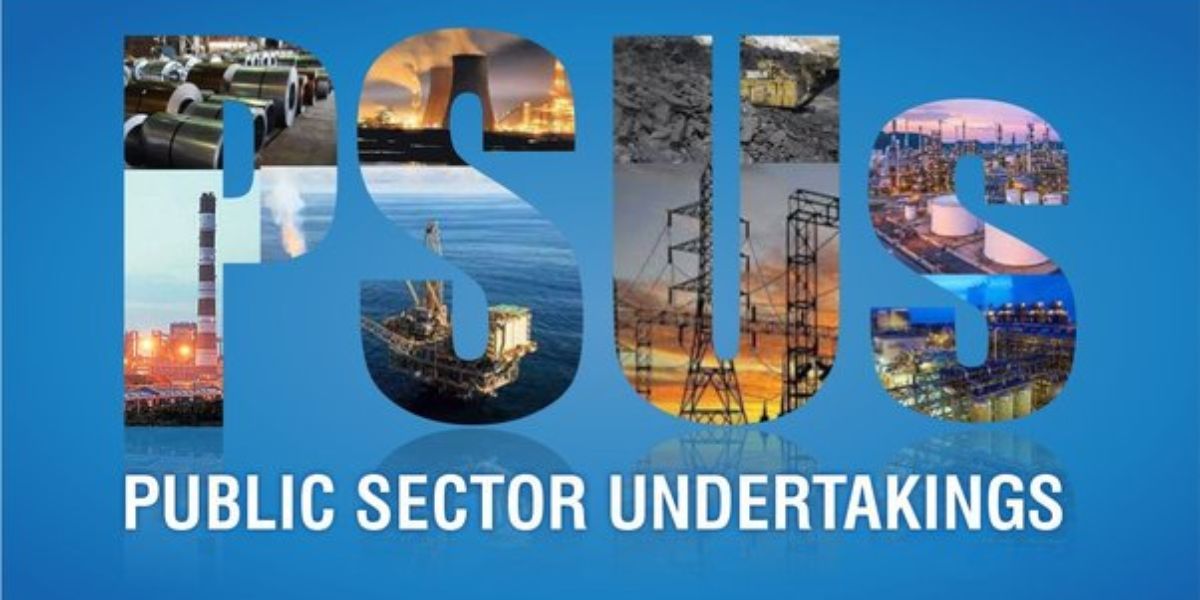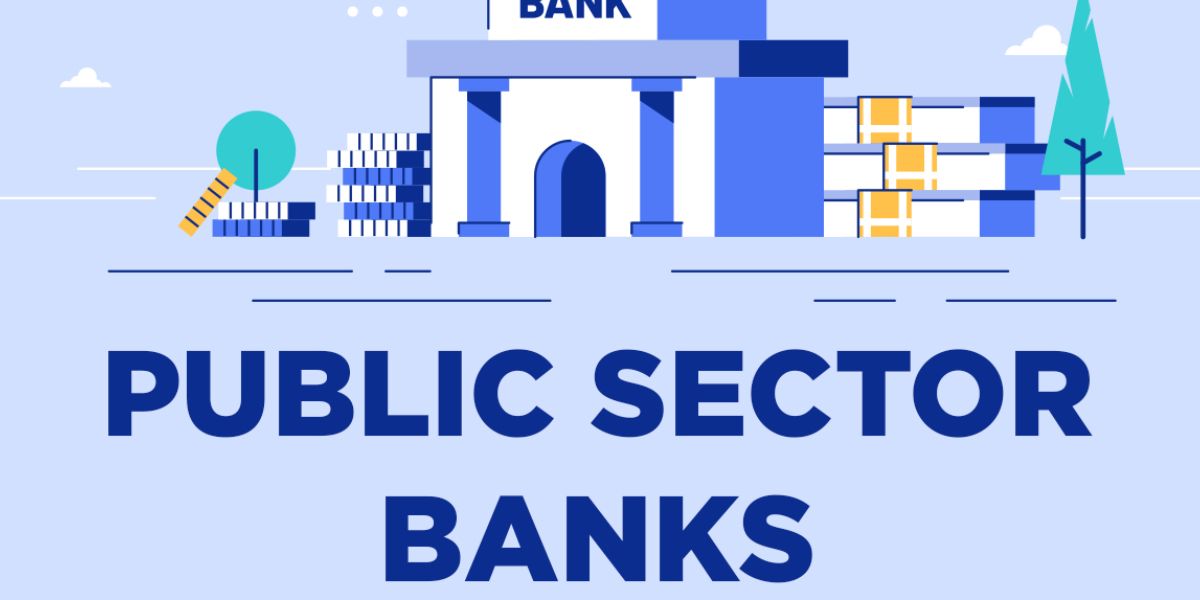The COVID-19 pandemic severely tested India’s economic structure, and the nation’s Public Sector Undertakings (PSUs) were no exception. From manufacturing and energy to banking and transport, almost every state-owned enterprise faced disruptions in supply chains, falling demand, and reduced productivity. Now, several years after the pandemic’s peak, India’s PSUs are gradually recovering — but the path forward demands innovation, strategic reforms, and renewed efficiency. The question remains: what does the next chapter of PSU revival look like in post-COVID India?
Understanding the Impact of COVID-19 on PSUs
The pandemic exposed the vulnerabilities of India’s public sector enterprises. Declining revenues, rising operational costs, and workforce challenges forced many PSUs to reassess their business models. Industries like aviation (Air India), oil and gas (ONGC, IOCL), steel (SAIL), and power (NTPC) faced sharp slowdowns due to global economic contractions.
Table of Contents
Key Challenges Faced During the Pandemic
- Supply Chain Disruptions: PSUs involved in heavy industries struggled with raw material shortages and delayed imports.
- Workforce Constraints: Restrictions and lockdowns disrupted manpower availability, particularly in manufacturing and logistics.
- Revenue Losses: Reduced industrial activity led to lower demand for energy, transport, and financial services.
- Capital Constraints: Many PSUs faced limited access to capital due to tightened government budgets and a focus on healthcare spending.
While the private sector pivoted quickly with digital adaptation, PSUs were slower to modernize. However, the government’s post-pandemic recovery programs are now helping bridge that gap.
Government Reforms Aiding PSU Revival
The Indian government has been instrumental in steering PSUs back on track through policy reforms and restructuring initiatives. Post-COVID recovery plans focus on improving operational efficiency, reducing financial burdens, and encouraging public-private partnerships (PPPs).
Strategic Disinvestment and Asset Monetization
The National Monetization Pipeline (NMP) and Strategic Disinvestment Policy have been central to the PSU revival strategy. By monetizing underutilized assets and reducing state ownership in non-strategic sectors, the government aims to boost liquidity and efficiency. Key examples include:
- Air India’s privatization, marking a historic step in reforming India’s aviation sector.
- BPCL’s ongoing divestment plans, designed to attract private investment and improve competitiveness.
- Container Corporation of India (CONCOR) and Shipping Corporation of India (SCI) being prepped for partial divestment to strengthen operational independence.
These moves are intended to make PSUs leaner, more agile, and capable of competing in global markets.
Digital Transformation and Technological Modernization
The pandemic accelerated digital adoption across industries, and PSUs are now embracing this shift. Several have initiated large-scale digital transformation programs to enhance transparency, efficiency, and customer service. For example:
- NTPC has deployed AI and IoT technologies for predictive maintenance of power plants.
- Indian Oil Corporation (IOCL) is investing in data analytics for logistics and fuel distribution optimization.
- SBI and other PSU banks have expanded their digital banking footprint to improve accessibility in rural areas.
These changes mark a major cultural shift for PSUs, which traditionally operated through rigid, paper-based systems.
Financial Restructuring and Profitability Improvement
Many PSUs undertook debt restructuring and cost-cutting measures post-pandemic to stabilize their balance sheets. Companies like Steel Authority of India (SAIL) and Coal India focused on increasing domestic demand and improving production efficiency. The introduction of performance-linked incentives (PLIs) has encouraged accountability and competitiveness.
Furthermore, with India’s emphasis on Atmanirbhar Bharat (Self-Reliant India), PSUs have been directed to boost indigenous production in sectors such as defense, manufacturing, and renewable energy.
Sustainability and Green Revival Initiatives
An interesting dimension of the post-COVID revival is the shift toward sustainability and green growth. Many PSUs are aligning their business goals with India’s net-zero targets for 2070.
- NTPC has diversified into renewable energy generation, committing to add 60 GW of green capacity by 2032.
- GAIL is exploring hydrogen energy projects.
- Indian Railways, a major PSU, aims to achieve net-zero carbon emissions by 2030.
This transition not only supports environmental goals but also opens new avenues for global partnerships and green financing.
The Role of Public-Private Collaboration
Public-private collaboration has become a cornerstone of the PSU revival roadmap. Joint ventures, partnerships, and technology collaborations have enabled PSUs to access private capital and innovation while maintaining public accountability. The government’s push toward PPP models in infrastructure, transport, and energy has strengthened operational efficiency.
For example, Delhi Metro Rail Corporation (DMRC) and Bharat Electronics Limited (BEL) have set benchmarks for successful partnerships that combine state ownership with private efficiency.
The Road Ahead: Future of PSUs in a Changing Economy
The next phase of PSU revival will likely revolve around strategic agility, sustainability, and global competitiveness. The government’s emphasis on performance-linked evaluations, corporate governance reforms, and digital modernization will determine how effectively PSUs adapt to a changing business landscape.
In the long run, PSUs will need to balance social responsibility with profitability. To remain relevant, they must evolve from traditional bureaucratic systems to dynamic, innovation-driven entities capable of competing with private and multinational players.
Conclusion: A Reimagined Future for India’s PSUs
India’s PSUs are slowly but steadily reclaiming their position as national growth drivers. The post-COVID revival isn’t just about recovering lost ground—it’s about reinventing operations, embracing technology, and aligning with global sustainability standards. With continued government reforms, increased private participation, and renewed focus on efficiency, PSUs are poised to play a vital role in shaping India’s economic recovery and resilience.
Interested in more updates on India’s public sector transformation? Visit indiapublicsector.com for expert insights and in-depth analysis on PSU revival, careers, and policy developments.










